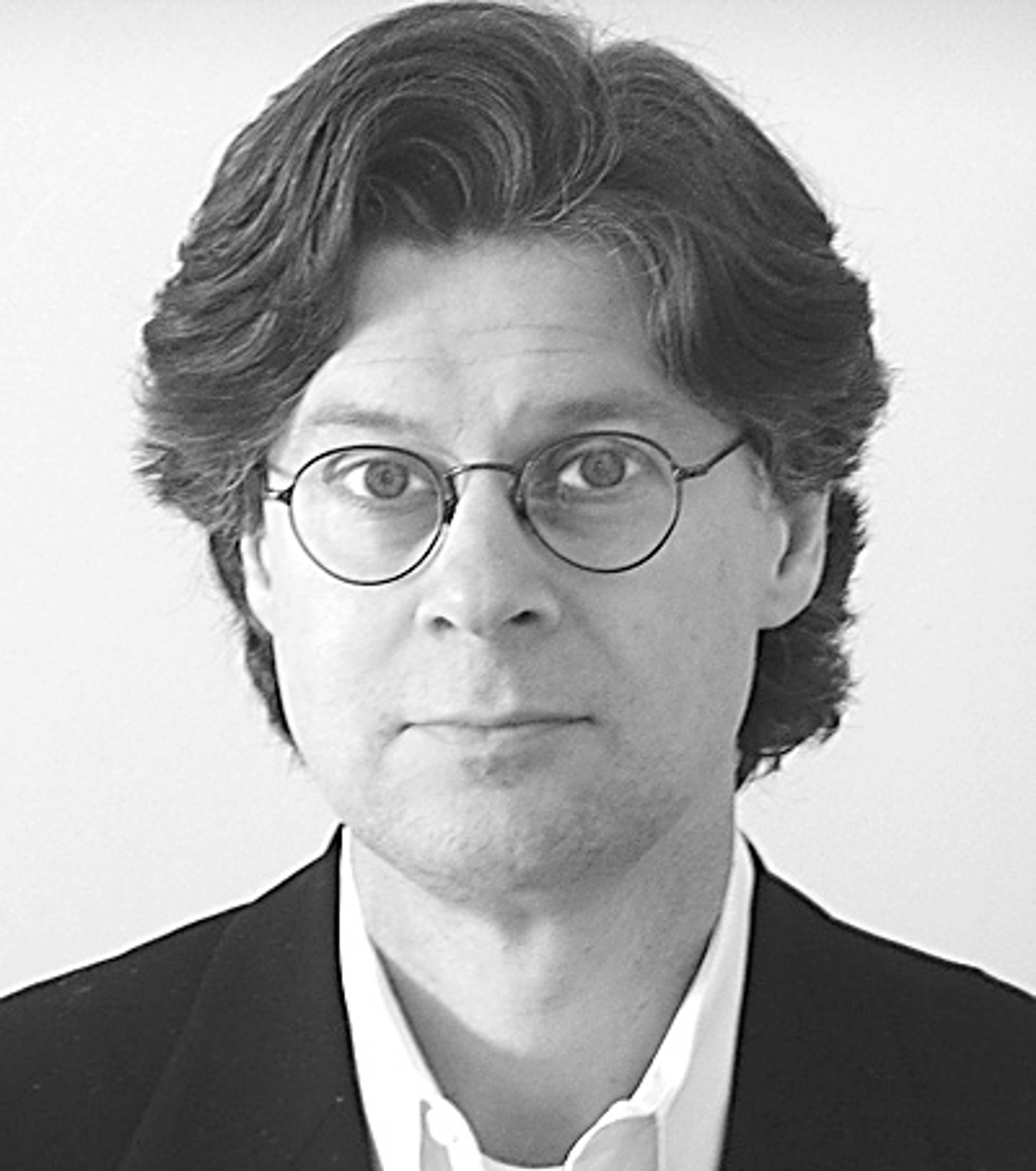By Kathy Conway
We are not the first Americans to be concerned about energy efficiency; a thousand years ago the Anasazi, a Native American culture living in New Mexico and Colorado, had figured how to build homes and villages in ways that maximized warming during the cold winters and cooling during the hot summers. They built huge and complex villages in south-facing caves in vast sandstone cliffs. The overhanging rocks allowed the winter sun to warm the homes, but prevented the hot summer sun from entering, thus producing cool summer climes.
Today energy costs are soaring as resources dwindle and awareness of our environmental impact is increasing. This is leading to a growing interest in what we can do to reduce both our energy consumption and our environmental impact.
For most of us, the greatest expense that we are likely to make in our lives occurs in buying a home. Of course the cost does not end with the initial construction or purchase but continues as we live in the home. For some of us the cost of home construction and living in the home are of prime importance. For others, of equal importance is the environmental impact of construction and our day-to-day living. In either case, it makes sense for us to try to live, like the Anasazi, in a home that is energetically efficient and environmentally friendly (green).
When buying a new home, it makes sense, therefore, to consider whether the builder employed design and construction techniques that address these issues. If we are having a home built, it similarly makes sense to select a design that will produce an energetically efficient and environmentally friendly home and engage a builder who is able to achieve our objectives. It makes sense to employ energy efficient and sustainable techniques in the construction of the home and to construct a home that minimizes our energy costs and environmental impact on a day-to-day basis when we move in.
Later this month, the Southeast Missouri Climate Protection Initiative will be offering a program designed to provide hints on ways to achieve these objectives.
To help folks in the area who might be considering buying, building or remodeling a home, the Southeast Missouri Climate Protection Initiative has organized a program on green construction.
When designing a home, it is worth remembering that the major cost to be imposed on us in daily living will be the cost of heating in winter and cooling/dehumidifying in summer. These costs can be reduced by employing appropriate design and construction strategies.
In addition to this issue, the program will address such questions as:
- What the main differences are when considering energy efficiency and environmentally sustainable design
- How an energy efficient design (such as Structurally Insulated Panels) compares with a conventional design
- What techniques are employed in the construction of an energy efficient home and how these might differ from conventional construction
- What the difference and cost/benefits are in passive versus active solar designs
- What the possibilities are for employing solar and other alternative or renewable energy sources to power the home
- The source of timber and other materials employed in construction
- The manner by which the site is landscaped
- How to minimize the environmental landscaping footprint
- What kind of home finishing (carpeting etc.) can minimize energy and environmental costs
- What kind of appliances can be purchased to reduce energy and environmental costs
If you are interested in learning more about energy efficient or environmentally friendly green construction, you are invited to attend the next meeting of the Southeast Missouri Climate Protection Initiative. Based on his years of experience in this area, St. Louis builder Matt Belcher will offer some tips. Once a home is built, it is often quite expensive to remodel or retrofit, but some tips for remodeling will undoubtedly be available during the discussion.
The meeting is 7 p.m. Jan. 24 at the Osage Community Centre. It is free and open to the public. Local builders are particularly encouraged to attend or send representatives. Additional information on SEMOCPI programs may be found at cstl.semo.edu/SEMOCPI/. Information on Matt Belcher is available at www.constructiondisputes-cdrs.com/Matt%20Belcher.htm.
Kathy Conway of Cape Girardeau is co-facilitator of the Southeast Missouri Climate Change Initiative.
Connect with the Southeast Missourian Newsroom:
For corrections to this story or other insights for the editor, click here. To submit a letter to the editor, click here. To learn about the Southeast Missourian’s AI Policy, click here.








